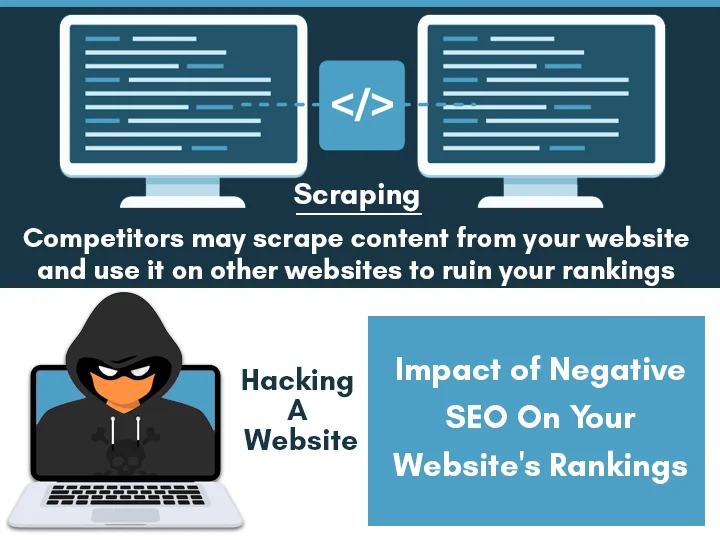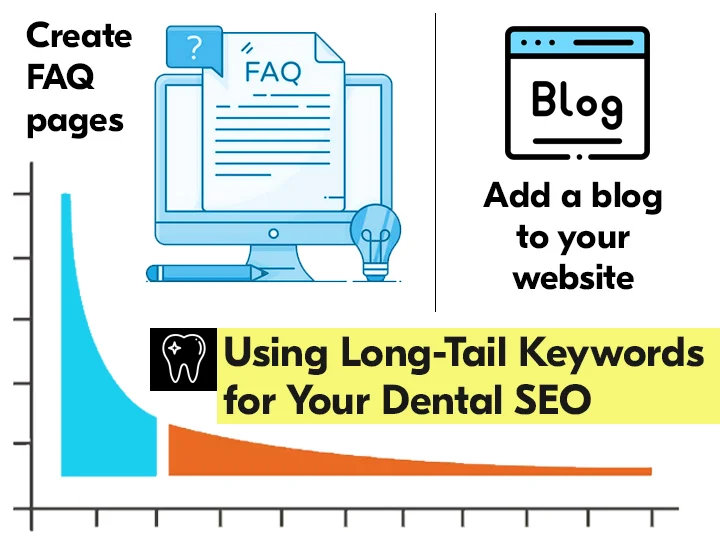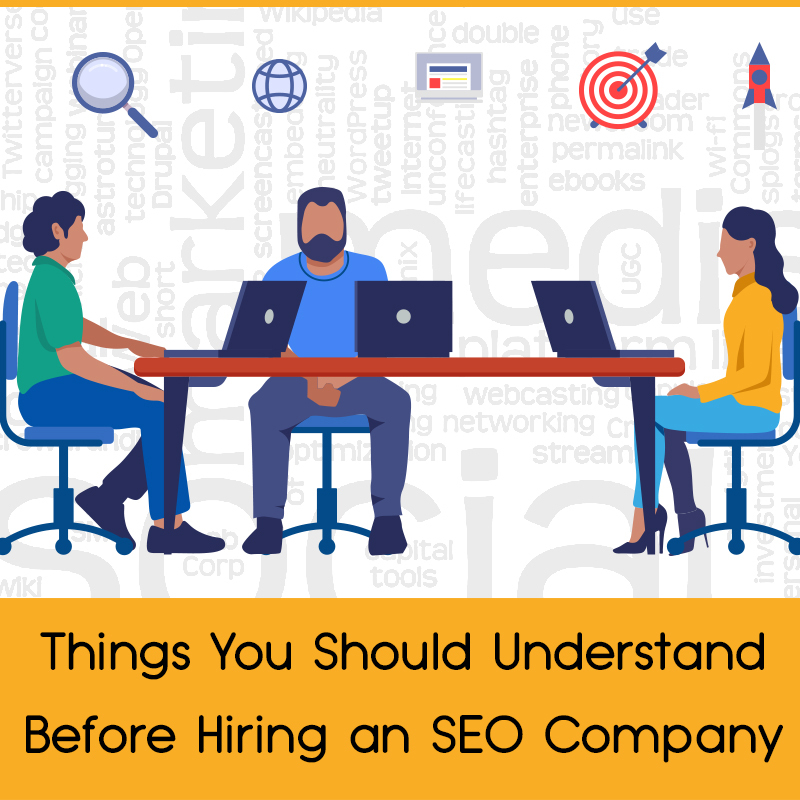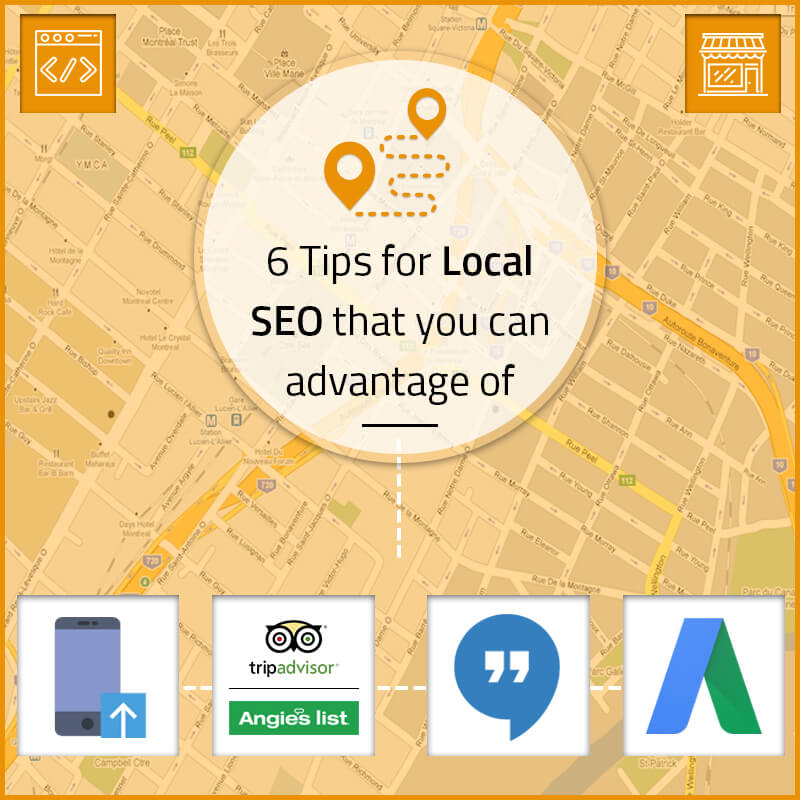 Remote work has become a hot trend for various organizations for different reasons. The epidemic forced numerous businesses into placing their employee’s main “headquarters” in the convenience of their own home.
Remote work has become a hot trend for various organizations for different reasons. The epidemic forced numerous businesses into placing their employee’s main “headquarters” in the convenience of their own home.
It used to be that remote work was frowned upon. Supervisors weren’t capable of seeing if their workers were actually doing their jobs. Many organizations believed it wasn’t as efficient or practical to keep their employees accomplishing their tasks from home.
Remote work has grown a lot in the last couple of years. Many businesses are seeing that their workers may thrive at home, as technology has caused it to be feasible to have conferences over the computer, as well as many other options. Various businesses let workers work from home full time, while others prefer to have their people in the office a few times a month.
Let’s take a glimpse at some statistics on remote employees. Remote workers operate an extra 1.4 more days per month than workers at a physical location. This adds approximately 17 additional days a year to what the worker is working.
Those who perform remotely are counterproductive for just 27 minutes per day, not including their lunch hour and breaks. Headquarter employees are unproductive for approximately 37 minutes per day, which doesn’t include the lunch break or other breaks.
The average time work from home workers take for breaks is 22 minutes, while it is 18 minutes for office workers. However, remote workers likewise perform tasks for an additional 10 minutes per workday.
When looking at office-based workers, 15% of those who do remote work expressed that their boss diverted their attention from their assignment.
Remote work has changed quite a bit over the last few years. The usefulness of technology, such as email and text, makes it possible for companies to be in continuous communication with their workers, no matter if they’re doing their jobs from the office, home, or even a pastry cafe or library. It also permits a worker to have a full-time career with good pay versus the days when work-from-home positions generally entailed telemarketing gigs that paid minimum wage.
Remote workers have found that video conferencing is essential for them. It allows them to see others in person and have conversations in real-time.
Coworking spaces are also quite popular now. Businesses are finding that these shared office areas are an amazing way to grow their remote worker force.
Numerous employers are finding their workers wish to remain working from home. They’re accepting that these remote workers may be willing to accept a 10% pay cut to stay working from the convenience of their homes.
By taking the time to let employees know what the company expectations are for remote staffers, you can be confident that it will direct them to success. These expectations should be transparent and easy to comprehend. Develop a procedure for all work-from-home staff to follow. You should also set in place Key Performance Indicators (KPI). Good examples of KPI may include what your financial objectives are and how you can achieve them.
If you are interested in how you can form a sustainable business practice, ethical SEO practices, or other marketing strategies for remote work employees, consider contacting Local SEO Jacksonville Company in Jacksonville, FL. They will be able to assist you in various practices, such as PPC, Adwords, targeting traffic, and social media.









 Although your website’s chances of a
Although your website’s chances of a  Many people that are experts in dental SEO will tell you about their interest in the keywords. You need to create and maintain a relationship with these keywords. The log-tail keywords can be targeted and prioritized to become useful drivers of traffic for both
Many people that are experts in dental SEO will tell you about their interest in the keywords. You need to create and maintain a relationship with these keywords. The log-tail keywords can be targeted and prioritized to become useful drivers of traffic for both 
 Though the
Though the